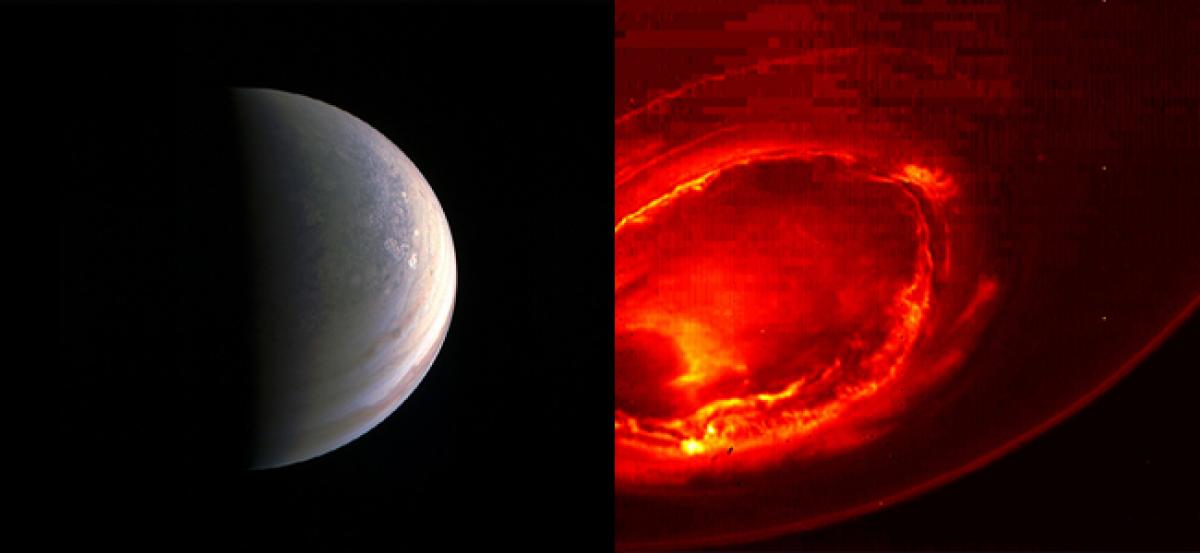Live
- Mild quake hits Assam, 11th tremor in NE in 34 days
- MP CM Mohan Yadav returns from UK-Germany visit
- Congress' Rakibul Hussain claims party lost Samaguri bypoll due to 'rigging'
- CBI books CGST inspector for demanding Rs 75,000 bribe from Raipur chemist
- Pappu Yadav receives death threat from Lawrence Bishnoi gang
- Pak govt and PTI spar over casualties, fresh row over plans to ban Imran Khan’s party
- Indian startups raise $145 mn in funding this week
- Kerala a jewel in India's startup crown: Tharoor
- Essential Tips to Make Your Move to a New Home Stress-Free
- Empowering youth & fostering innovation crucial for Viksit Bharat: Jitendra Singh









